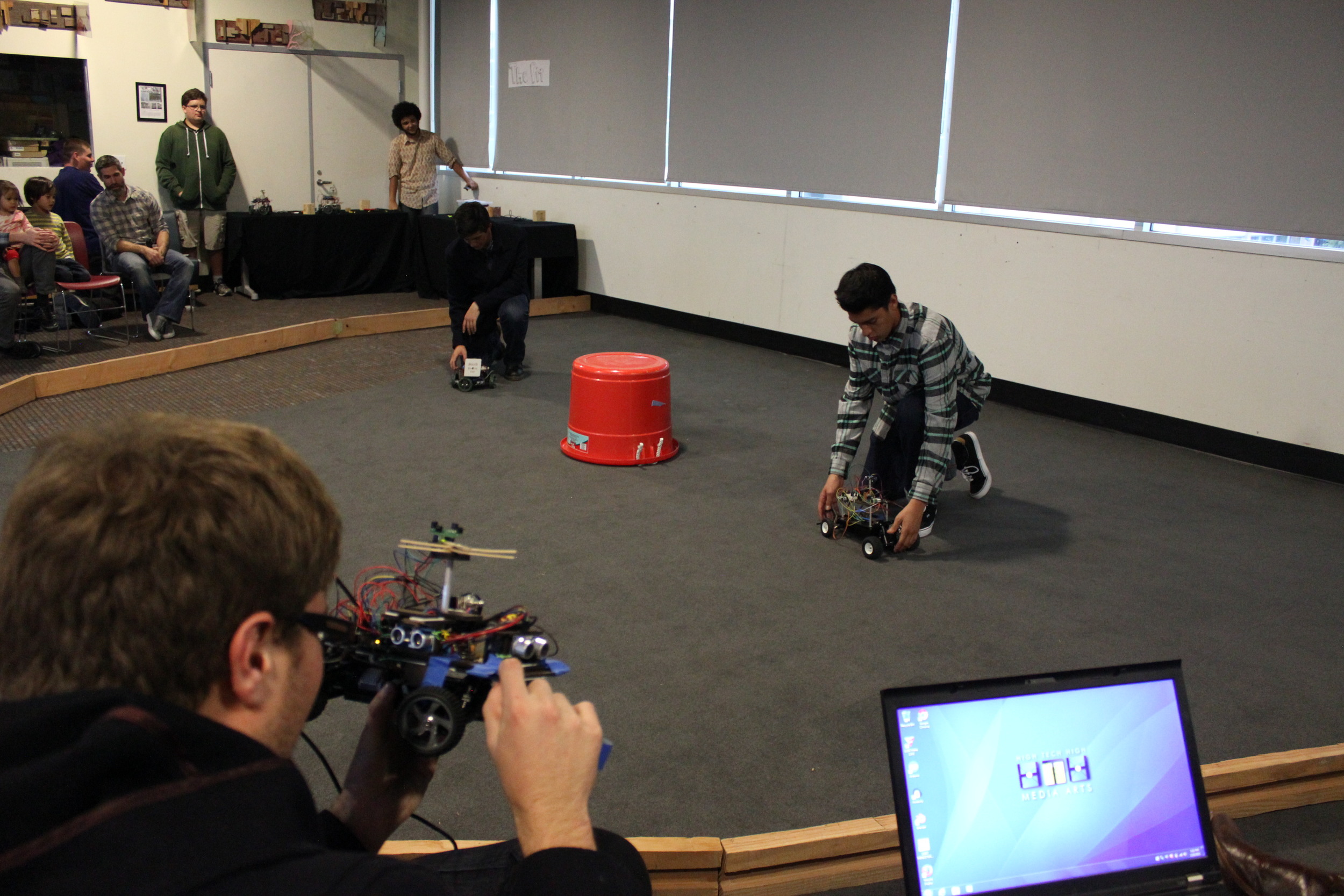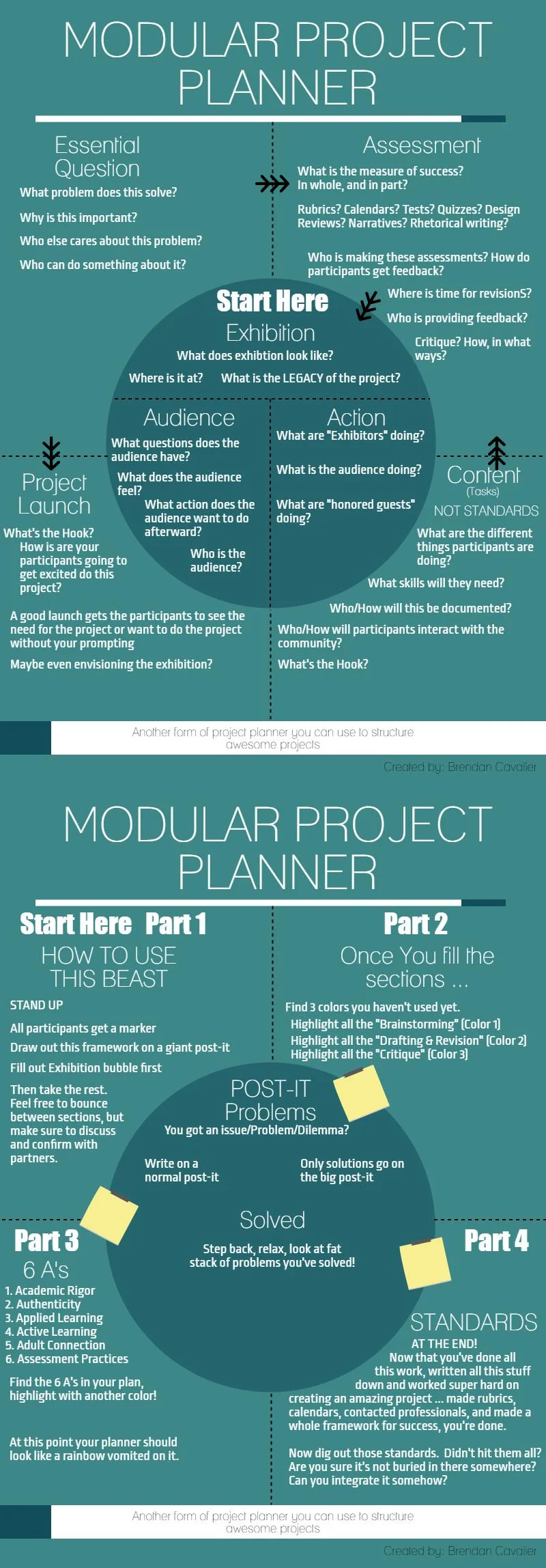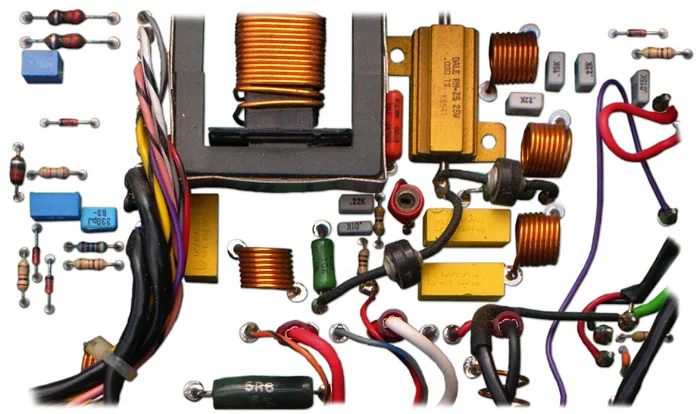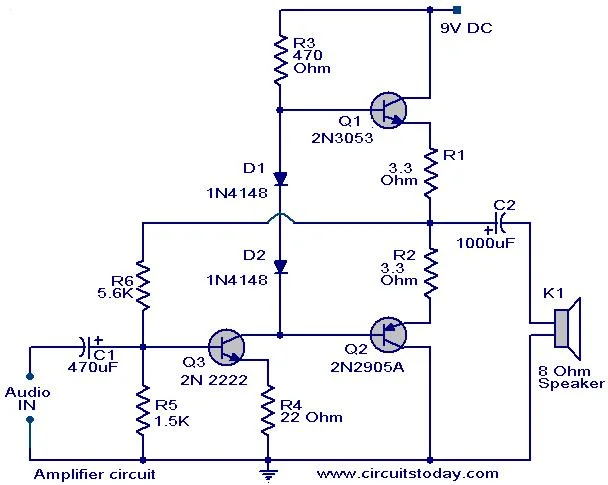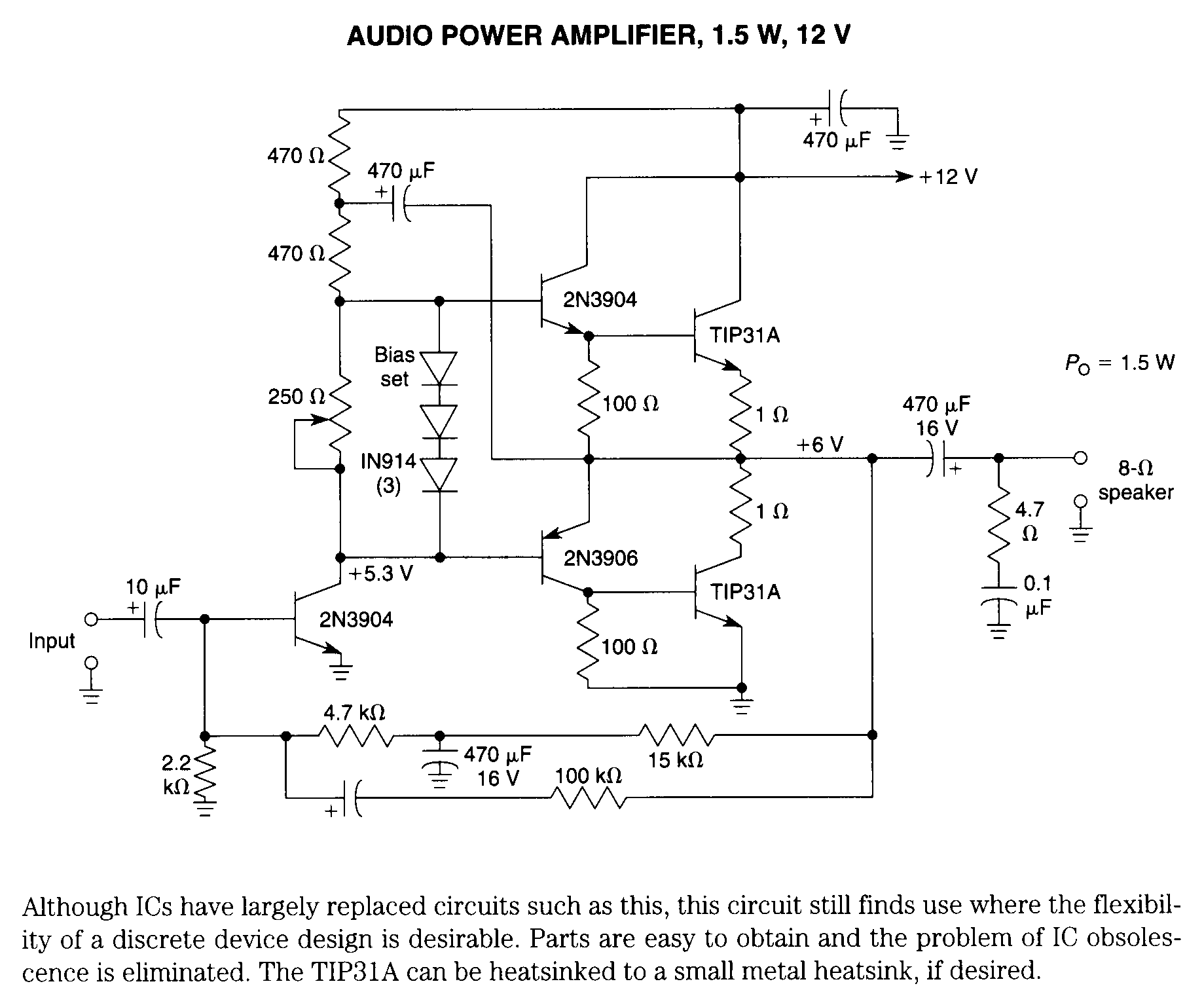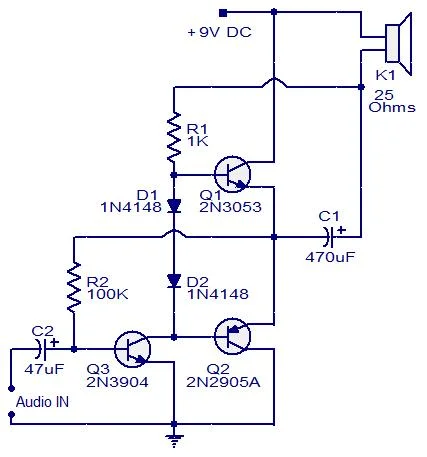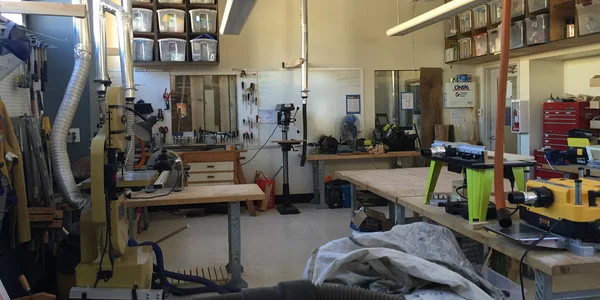Course Documents:
Class of 2014 Student made resource site: Created by Tina Milz.
Bridge Schedule Sample: Student work sample of a daily build plan and buy list.
Bridge Presentation Requirements: Self-explanatory.
Sketchup Rig: Self-explanatory.
Bridge Unit Part 1 Outline: Self-explanatory.
Bridge Assignment 1: Bridge Type Analysis: First Assignment.
Bridge Competition Rules: For the second part of this unit.
Bridge Rig Sketchup: Truss Bridges can only touch the brown on the blocks, all other bridges may make contact on any brown surface.
Professional Level Resources:
Sturcturae: A resource for finding out about different bridge types, their construction, and real world examples of them.
Stress/Strain Diagram Explaination: A good site explaining Stress, Strain, and how they interact.
Beam Deflection: A great site for helping you calculate beam deflection without calculus, just find the right situation.
Structural Steel Wiki: Exaclty what you'd expect from the wikipedia article on Structural Steel.
Cambridge's Wood as an Engineering Material: A website published by the University of Cambridge on structural wood.
Strength of Materials: Our bread and butter. This site has Young's Modulus A.K.A.Modulus of Elasticity/Elastic Modulus, Sheer Modulus, Poissons Ratio, Yeild and Ultimate Stress of a ton of materials that we'll be talking about and using.
Atributes of Balsa: A great article explaing how and why Balsa works the way it does. Critical for when you're designing and constructing your Bridges.
Strength of Materials: Balsa Specific: See "Strength of Materials", but this one is very detailed about Balsa Wood.
Video Tutorials,Guides, and Lessons:
HTHMA Engineering 9th Grade Refesher: Critical to our class is your mastery of 9th grade physics content. Here's a Kahn custom playlist to refesh your memory of what was covered just 3 short years ago.
Introduction to Sketchup Playlist: A custom playlist of tutorials that will be critical to your Sketchup skills. Even as an experienced user, this series will be useful for you to watch before, and as you model your bridges.
Stress/Strain Interactive game: A small applet that helps explain how stress and strain work. Kinda fun as well.
Statics Problem Workthrough 1: A workthrough of a simple statics problem.
Statics Problem Workthrough 2: A workthrough of a simple statics problem. Looks scary, but not as bad as you might think.
Stress/Strain Curve Explaination: A workthrough of a simple statics problem. Looks scary, but not as bad as you might think.
Simple Truss Analysis 1: A short series of videos showing the workthrough of a simple truss analysis.
Simple Truss Analysis 2: A short series of videos showing the workthrough of a simple truss analysis.
Simple Truss Analysis 3: A short series of videos showing the workthrough of a simple truss analysis.
Simple Truss Analysis 4: A short series of videos showing the workthrough of a simple truss analysis.
Simple Truss Analysis 5: A short series of videos showing the workthrough of a simple truss analysis.




